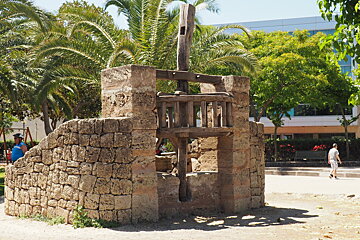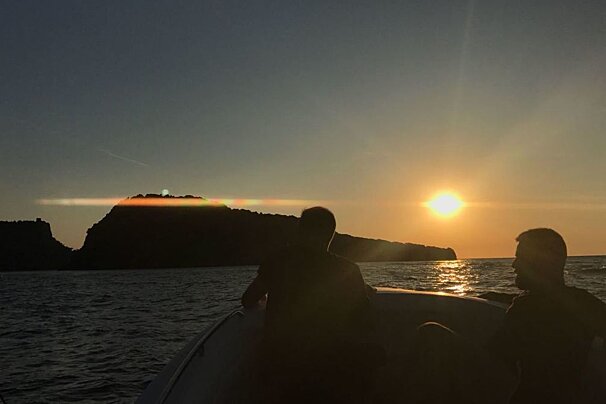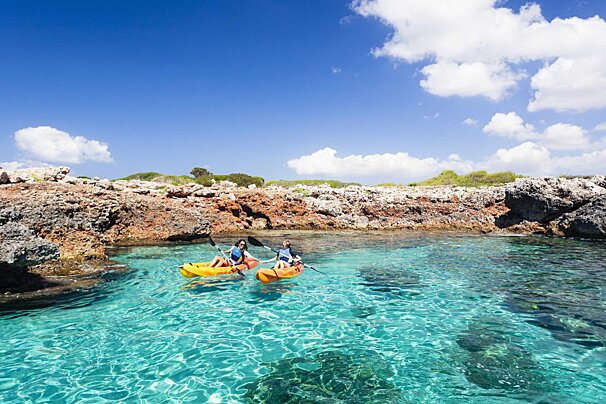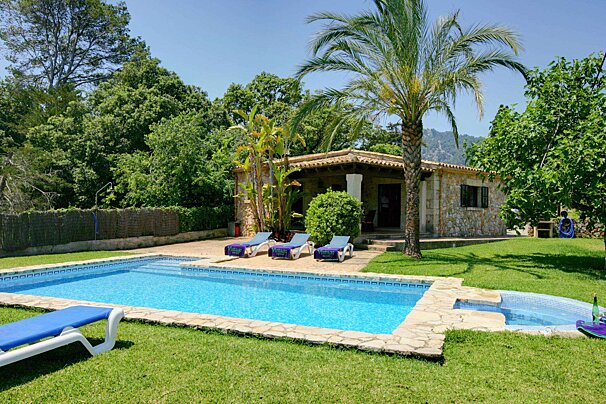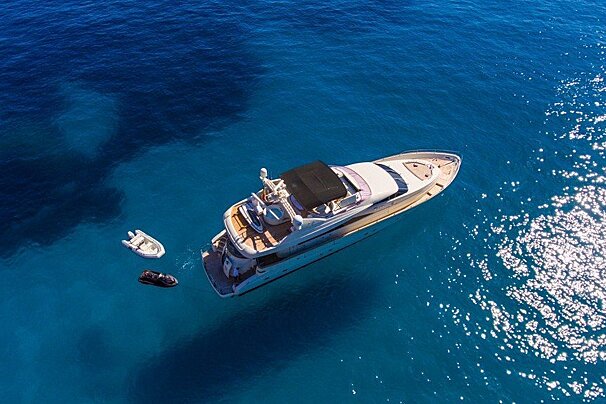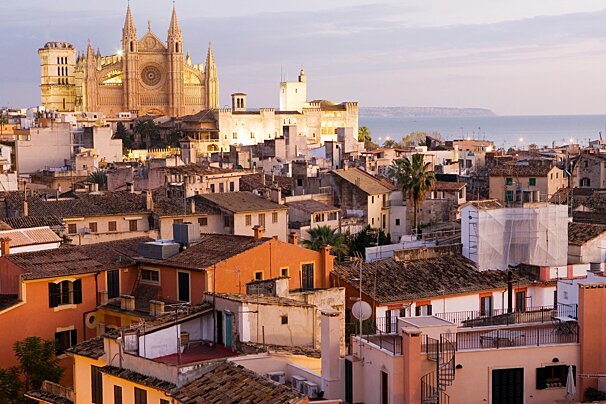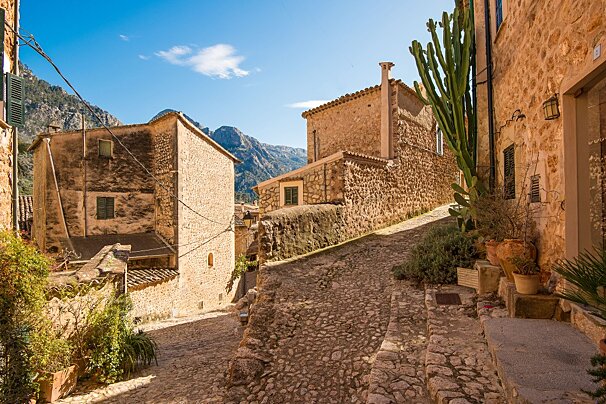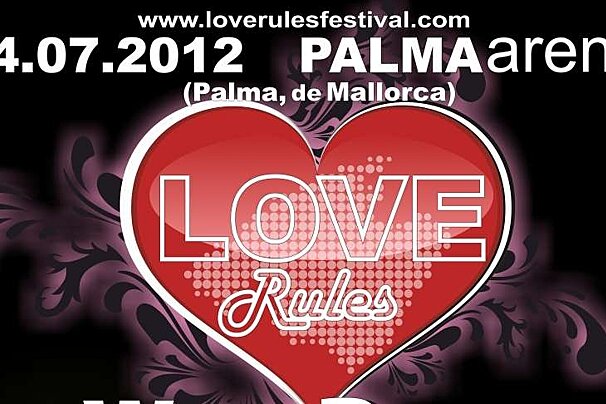Free Guided Walking Tour of Alcudia
A historical walking tour of the sights of the old town
Every Wednesday and Friday the tourism office organises a free walking tour of Alcudia, taking in the historical sights of the old town with a multilingual and very knowledgeable guide.
The tour meets at 10am outside the Church of Alcudia, St James’ Parish which you can easily see from the Tourist information office. The tour takes two hours and involves a fair bit of walking, nothing too arduous, its all on flat ground but you will be walking for the majority of the two hours so be sure to wear comfortable shoes, cover yourself in sunscreen and bring plenty of water with you. The tour its self is free but you do have to pay a €2 entrance fee at the Roman Ruins site and also make a €1 donation at the church.
We met our guide Marcus at the church and he swiftly ascertained which languages were spoken in the group and then proceded to give out all information in Spanish, English and German. We got under way and stopped first briefly at a cave just outside the city walls which dates back 4000 years as a grave site and is the earliest found evidence of life in Alcudia. From there we headed to the Roman Ruins of the town Pollentia.
Founded in 70 BC Pollentia, due to its strategic location between the ports of Alcudia and Pollenca would have been one of the most important cities in the Balearics during the Roman period. It retains its importance now as ‘the most complete and significant archaeological site’ in Mallorca. Excavation is still taking place on the site and archaeology students from Madrid and Maine, USA come over to assist in the work. The public can view three main sections of the town, the residential area La Portella consisting of the remains of three houses, the Forum area holds the remains of the city square and is where the excavation is currently focused, and lastly the impressive Roman Theatre, at the edge of the town.
Having spent the best part of an hour in the ruins we then headed back inside the walls of Alcudia and our guide walked us around various sites in the town, such as the Moorish well which is the only remaining relic of the Arab days in Alcudia, and the town hall and square which was once voted the most beautiful town hall square in Mallorca. Then we stopped of course to look at the Medieval Walls. Built in the 13th century to protect Alcudia as a city of great strategic importance, the walls and moat surrounded the city until the 19th century when part of the walls collapsed. Largely rebuilt and reconstructed in the 20th century and having been named a site of historic and artistic importance the walls are now well preserved and you can climb up to the top and walk along them for great views of the town and surrounding countryside.
Our tour then took us back to the Church of Alcudia which also houses the Museu de Sant Jaume which displays many religious artefacts and statues, although the labels are only in Spanish. The church is a beautiful building which has suffered several rebuilds over the centuries but houses a church bell that can date this church as the oldest in Mallorca. The church was also linked to several miracles in the 16th century and as such it has become quite a tradition for people to climb the steps and touch the cross to make a wish, and every three years that cross is taken down and a processions is held through the streets of Alcudia, the next incidence of this will be July 2016. Get your wishes ready!
The last stop on the tour is the Museu Monografic de Pollentia, which your entrance fee at the ruins will gain you access to. The building itself was the site of the first hospital in Mallorca and now houses personal, domestic and religious artefacts found during the excavation of Pollentia and also scale models of the ruins and what the town would have originally looked like. Again the labels and descriptions are only in Catalan but the desk can provide you with an English information pamphlet.
There is a lot of information packed into this two-hour tour. It is well worth taking to find out some of the history behind your holiday destination. Stick close to the guide to catch all the information and if you want to understand what you’re looking at in either of the museums drag him in with you to translate. The dates may change through July and August so check with the Tourism Office before you wish to go.
